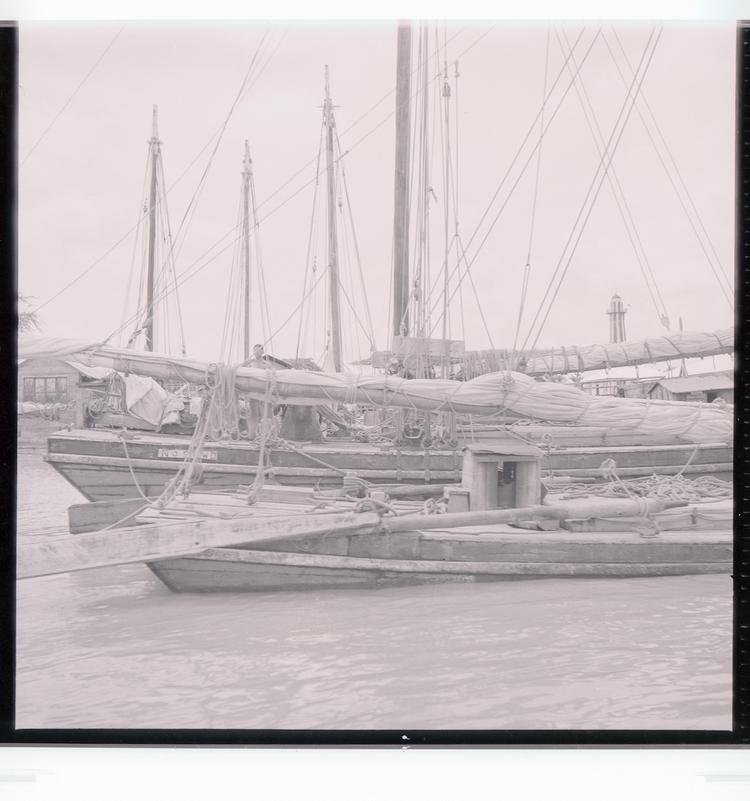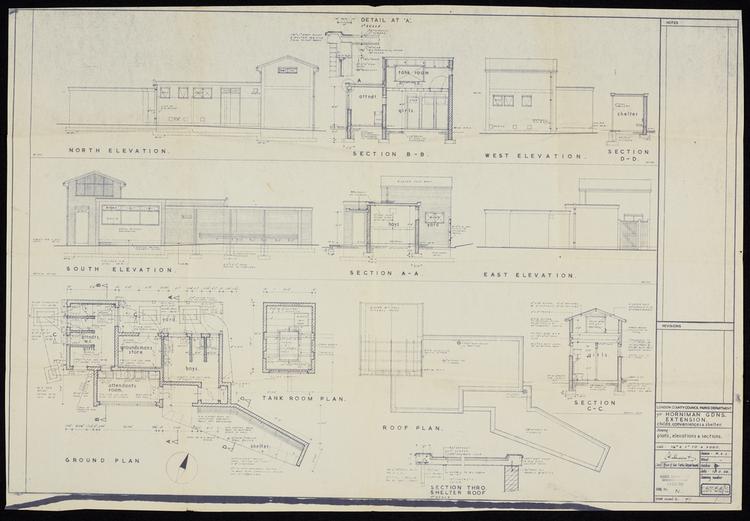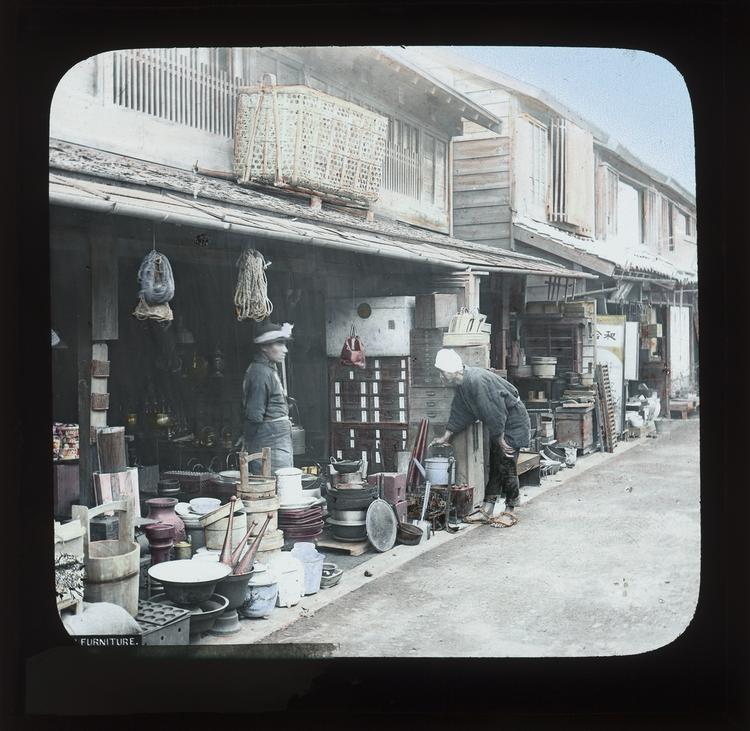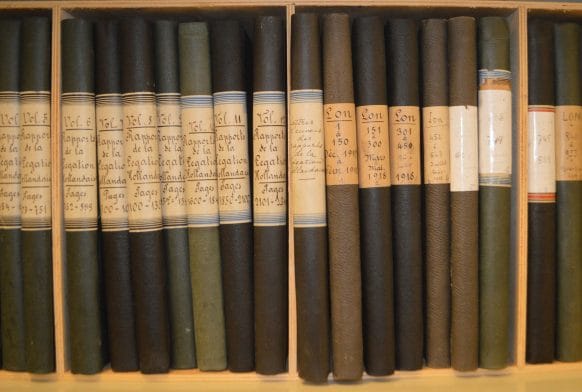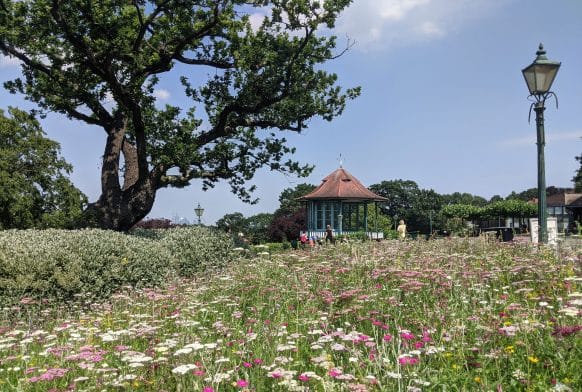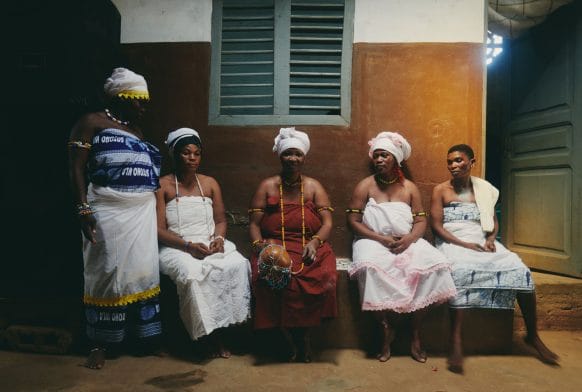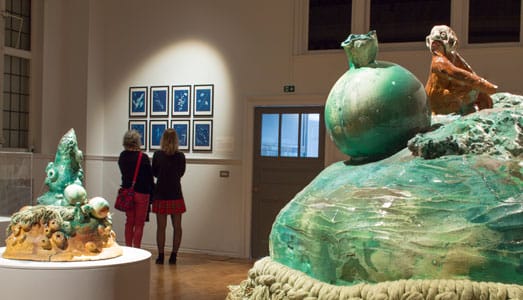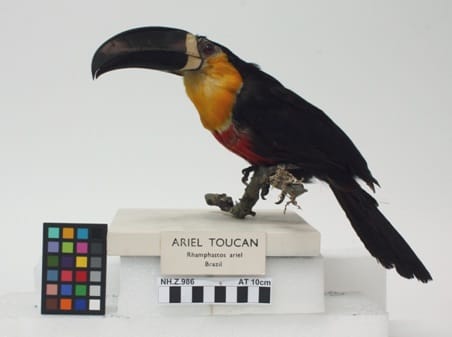
An article describing the antiquities found in the collection at the Horniman Museum. The article mainly gives the details of a Peruvian collection of pottery called “huacas” which were added to the collection. Additionally, the author gives some details about the empire of Manco Ceapae, the first Inca of Peru, and its location which was allegedly close to the coast founded in the city of Cuzco in 1021. The author of the article notes that the vases which were made of gold, silver and earthenware, provide the contemporary audiences with an idea of the artistry of these ancient civilisations. The “ornamentation” of these artefacts the author notes takes its inspiration from the “animal kingdom”, and allegedly were used as containers of the beverage “chicha” which was made from maize. Some of the vessels are noted to have been modelled on “melons [and] gourds” in addition to other shapes. They were also formed out of red, brown and black clay. In addition to the designs of specimens from the animal kingdom, the author is eager to point out the illustration of a man playing on his pipes. Other illustrations are described. The location of these vessels is given to the reader, and it is said that the ancient vessels are found next to a case of Anglo-Roman antiquities which “have been dug up in various parts of London” comprising some “iron and bronze objects” including “nails, shears, tools etc…”. Another case of Anglo-Roman antiquities contains “glass bottles and other fragments”.



